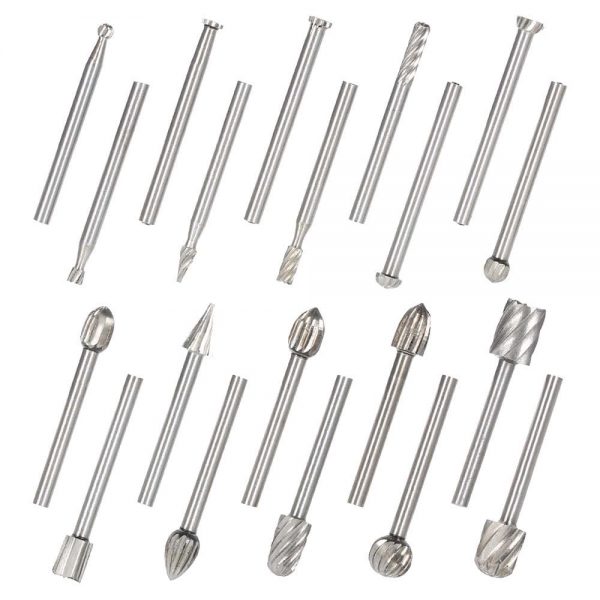CNC milling is one of the most requested tasks in the manufacturing industry. While other branches of CNC are focused on larger outputs, milling is more akin to precision and getting parts or products right in accordance with their design. Tool holders play a significant role in this happening the way it’s supposed to go.
There are too many different types of CNC machines out there. Most of them use their own customized holders to suit the task they need to perform or the material they need to keep in place. Modern CNC milling machines use three different types of holders that can accommodate almost every blade in the VDI serration standard.
- The first one is an automatic tool changer. They are also known as ATC tools. They are mostly used in universal-type CNC mills, and they are pretty helpful to handle multiple axes with a single tool holder
- The second type of holder uses a non-VDI type turret that accommodates smaller CNC blades. This one is mostly used by amateurs and people who practice CNC milling as a hobby.
- The last one is the VDI tool holders that can be used by indexing turrets discs for heavier workpieces. They are also used for turning.

cnc milling rotary burrs*
cnc milling rotary burrs is from https://shopee.com.my
Advanced Secrets of Holders for CNC Milling Machines
CNC milling machines are used to work with all sorts of material, but the most commonly used are metals. While it’s considered a manufacturing discipline is also practice by artisans and enthusiasts to create new things out of scratch. CNC milling can handle wood and metal alike, but it needs the help of holders to keep the workpieces of these materials in place. This is how they work:
· Basic Features
When it comes to tool holders, the name says it all. This device is used to hold a cutting tool in a spindle. The blade is kept in place and tightened by the holder to avoid any sudden movement. You can find different flange holders for various CNC machines. The most popular ones out there are the V-flange developed by Caterpillar that uses the imperial metrics. The alternative to that option is the BT-flange that uses the conventional metric system and is symmetrical in the spindle. The last one is the HSK flange that is designed exclusively for quick machining outputs.
If you are wondering which one is the right fit for you, the most straightforward answer is “all of them.” You need a cutting tool to make your CNC milling machine work the way it should. The tool holder connects the cutting blades with the main purpose they have for being devised. The cutting tools are the ones that will shape your product or creation using data and specifications. The holder is the one that will carry out your commands. It’s a relationship akin to a pencil with a piece of paper.
· Tool Handler Specs
The exact specs of your tool holder in your CNC milling machine cover every single aspect regarding its physical shape and range. You can’t really make the magic happen without knowing this data and measuring it correctly against the workpiece you want to handle. You need the exact information about your tool’s length, weight, and diameter. With this information, you will be able to manage the task by having special consideration of the limits of your milling machine.
· Cutters Length
This information is focused on the measurements of the spindle down to the cutting tip of the blade. This means that the tool holder must be taken into consideration in the placement of data of each milling task. The safest course of action is to work with the maximum length of the machine or to allow the CNC milling machine to handle the rotation of tools automatically.
· Cutters Diameter
Most cutters are safely stored in a magazine clip or a case when they are not being used. This storage system is often used in workshops and located in separate rooms from the CNC milling machine. The classification system used in the magazines targets the diameter of each blade, making it easier for the operator to identify each one and to avoid overlapping mistakes. This is especially useful if the workshop used 5-axis machines or if they need too many blades for all the materials they handle on location.
· Total Weight
Tool holders have a specific weight mark that takes into consideration the individual weight of each cutter placed on it. It is also worth noting that every single component lined in the tool holder also affects its performance. That’s why every nut, bolt, and screw is taken into consideration when it’s time to calculate the weight of the tool holder to handle certain workpieces. It sounds bothersome, but most of the machines offer this information firsthand when they are assembled for the first time.
